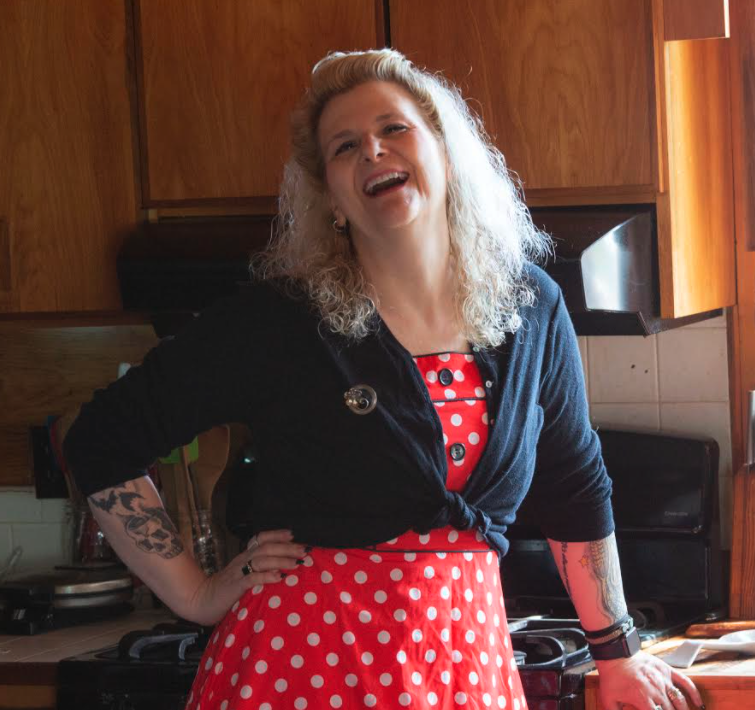
Table of Contents
Today, we’re donning our garden gloves to delve deep into the art of creating a pollinator-friendly haven. With the decline of bees, butterflies, and other pollinators, each of us can play a vital role in providing a sanctuary that is not only beautiful but also supports the ecosystem’s health. Let’s transform your green space into a vibrant tableau that hums with the wings of these essential creatures.
Understanding the Importance of Pollinators
Pollinators are the unsung heroes of the natural world, with an estimated one-third of the food we consume each day relying on pollination mainly by bees. This ScienceDirect article showcases the crucial role they play in the production of fruits and vegetables. By creating a pollinator-friendly garden, you’re contributing to the survival of these vital species and securing the future of our food supply.
Choosing the Right Plants
Selecting the right plants is the cornerstone of a thriving pollinator garden. Opt for a variety of native species as they are already adapted to your local climate and soil conditions, making them easier to grow while providing the best resources for native pollinators. The Xerces Society offers a fantastic selection of region-specific plant guides to get you started.
- Flowers: Choose plants with different bloom times to ensure a steady supply of nectar throughout the seasons.
- Herbs: Not only do they enhance your cooking but also attract pollinators. My Companion Planting With Herbs is an excellent resource for integrating herbs into your vegetable gardens.
- Shrubs and Trees: They provide shelter and additional food sources for pollinators.
Designing Your Garden Layout
The layout of your garden can significantly impact its attractiveness to pollinators. Grouping similar flowers together in clusters can make it easier for pollinators to locate and access the nectar. Including plants of varying heights will create layers in your garden, which not only adds visual interest but also caters to different species’ preferences.
Incorporating Water Sources
A simple birdbath or shallow dish of water can serve as a hydration station for your buzzing guests. Ensure to include stones or floating pieces of wood to provide landing spots for the pollinators to rest and drink without drowning.
Maintaining Your Pollinator Oasis
A pollinator garden requires care to keep it hospitable for your winged visitors. Use natural pest control methods to avoid harming pollinators with chemicals. It’s always important to find ways to you manage your garden in a sustainable and stress-free way.
- Avoid or minimize the use of pesticides.
- Deadhead flowers to encourage more blooms.
- Provide nesting habitats by leaving some areas of your garden untended.
Conclusion: A Garden Buzzing with Activity
By following these guidelines, your garden will soon be aflutter with the sights and sounds of pollinators, confirming your success in creating a sanctuary for these essential creatures. As a result, your contribution will ripple beyond your backyard, supporting broader environmental health and food sustainability.


